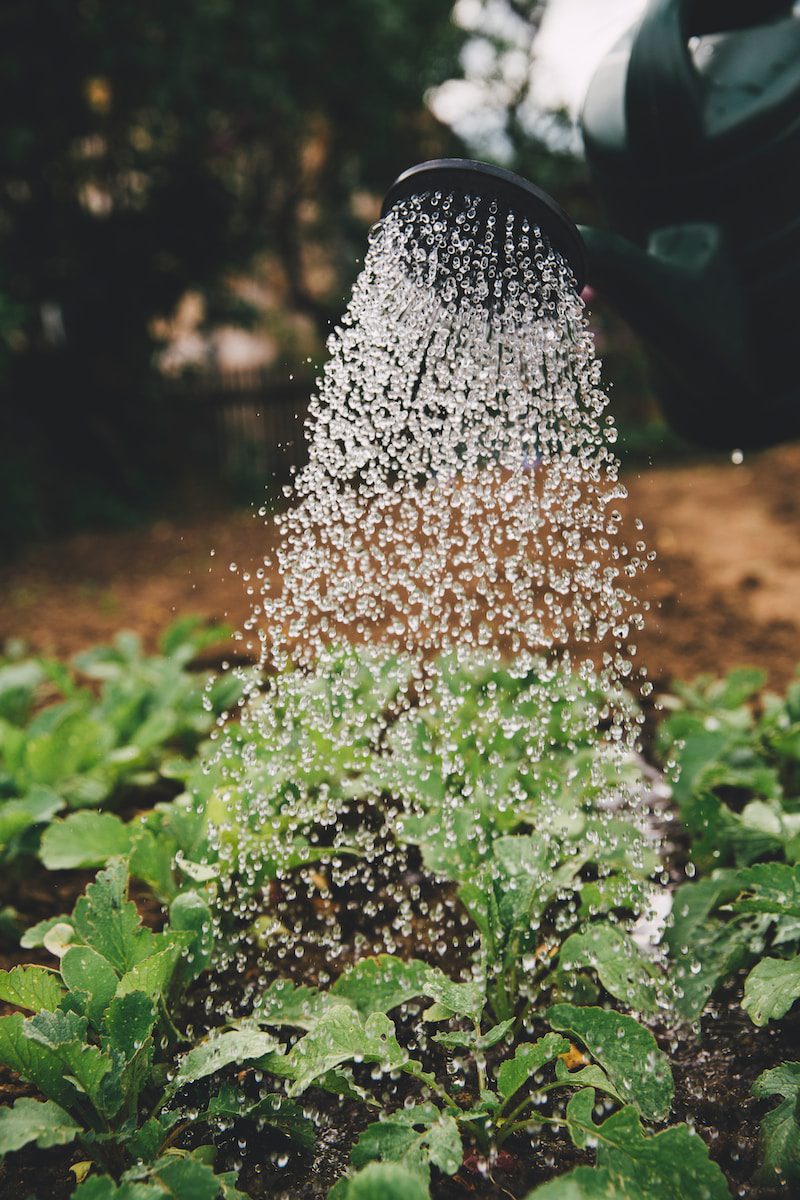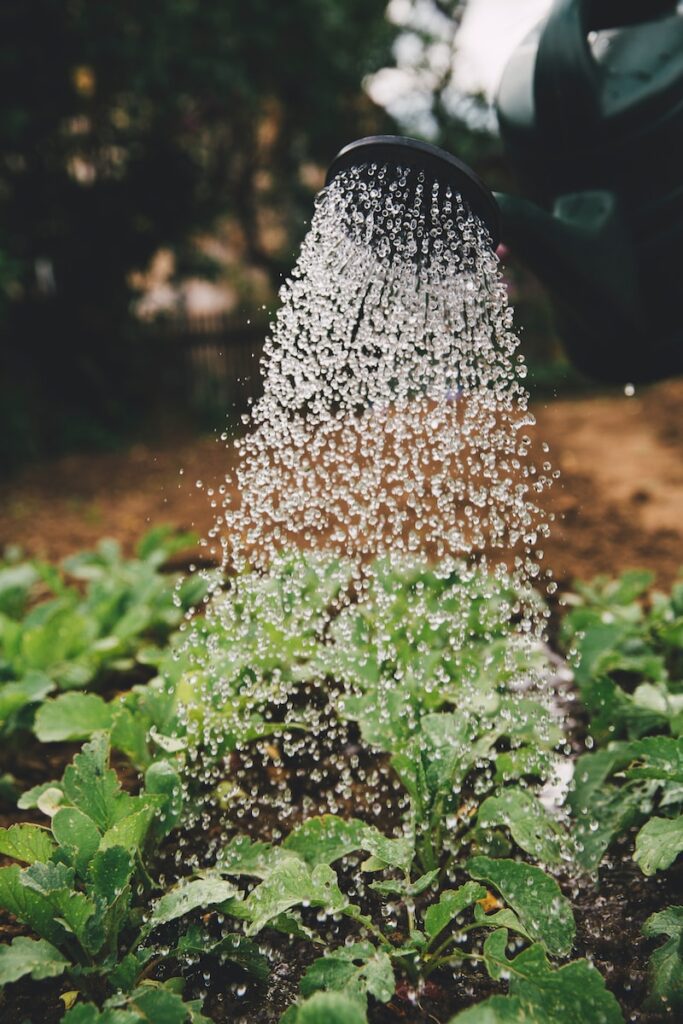
Silica: A Not-So-Magic Ingredient for Plant Health
Silica has emerged as a topic of considerable interest and debate in plant health. This mineral, commonly found in the cell walls of plants, has been hailed for its potential to enhance plant strength, variegation, and resistance to pests and diseases. However, recent studies have shed light on a different side of silica, suggesting that it may not be the “magic ingredient” we once believed. Join us as we delve into the complexities of silica in plant health, examining its benefits and potential drawbacks and exploring the ongoing controversies surrounding its use.
Silica in plant health
Silica is a naturally occurring element abundant in the Earth’s crust. It is the second most abundant element in the Earth’s crust after oxygen. Silica is found in various forms, including sand, quartz, and opal. In plants, silica is located in the cell walls and helps to provide strength and rigidity. It also helps to protect plants from pests and diseases by acting as a physical barrier. Silica can also help to improve water uptake and nutrient transport within plants.
Despite these benefits, some studies have suggested that silica can inhibit plant growth and development, mainly when applied in high concentrations. The effectiveness of silica in preventing or mitigating diseases is still debated, with some studies showing positive effects and others showing no significant impact. There is also some concern that silica can accumulate in soils and potentially affect soil health and microbial communities over time.
The optimal application rates and methods for silica are still being researched, and there is a need for more standardized guidelines to ensure effective and safe use. Nevertheless, silica remains a topic of great interest in plant health, and ongoing research is shedding light on its complex role in plant biology.

The controversies surrounding silica
Utilizing silica in plant health has sparked considerable debate within the scientific community. While some studies have highlighted its beneficial effects, others have raised concerns regarding its potential adverse impact on plant growth and development. One of the primary controversies revolves around silica’s concentration-dependent effects. While moderate levels can enhance plant health, excessive amounts can hinder growth. High silica concentrations can impede root development, stunt plant growth, and diminish yields. This inhibitory effect stems from silica’s ability to bind with essential soil nutrients, rendering them less accessible to plants.
Another contentious issue pertains to silica’s efficacy in disease prevention and mitigation. While specific studies have demonstrated its potential to bolster plant resistance against particular diseases, such as powdery mildew and blast, other investigations have yielded conflicting results, indicating no significant or detrimental impact. The effectiveness of silica in disease management appears to be influenced by a multitude of factors, including plant species, disease type, and environmental conditions.
Furthermore, silica accumulation in soils and its subsequent impact on soil health and microbial communities have raised concerns. Silica’s inherent immobility in soils allows it to persist for extended periods, potentially altering soil structure and affecting drainage, aeration, and nutrient availability. Moreover, high silica levels can influence the composition and diversity of soil microbial communities, potentially disrupting crucial ecological processes.
Despite these controversies, silica remains widely employed in agricultural practices, often incorporated into fertilizers and soil amendments. However, farmers and farming professionals must acknowledge the potential risks associated with silica application. Careful consideration of application rates and methods is crucial to minimize adverse effects on plant health, soil quality, and the environment. Further research is warranted to delve deeper into the intricate interactions between silica and plants and its long-term consequences on soil health and microbial communities.
